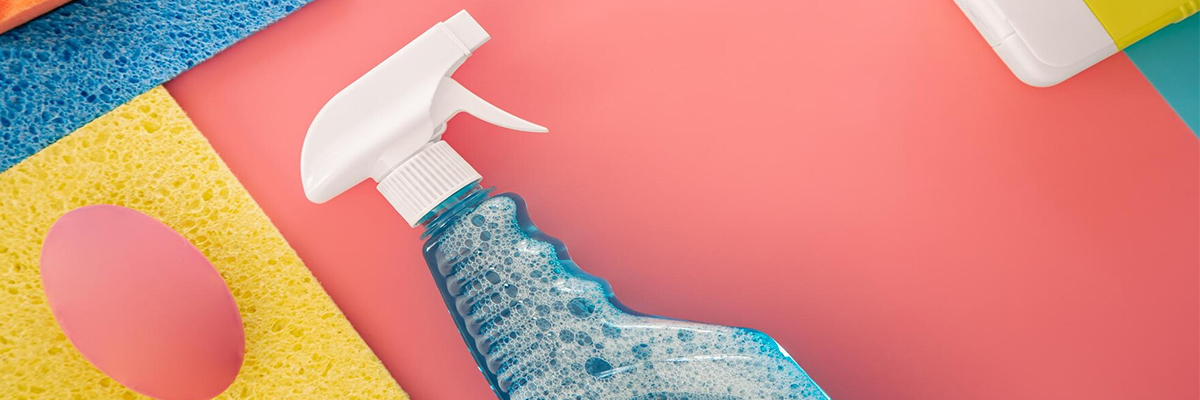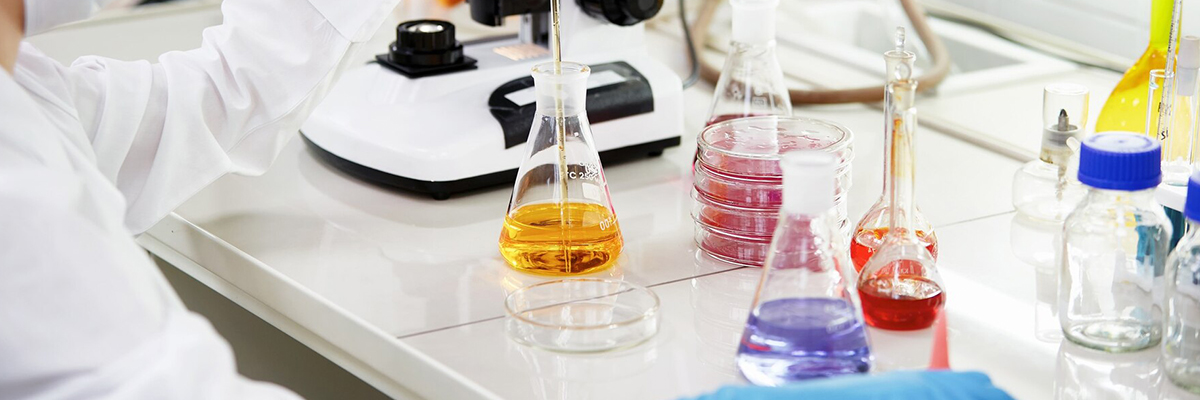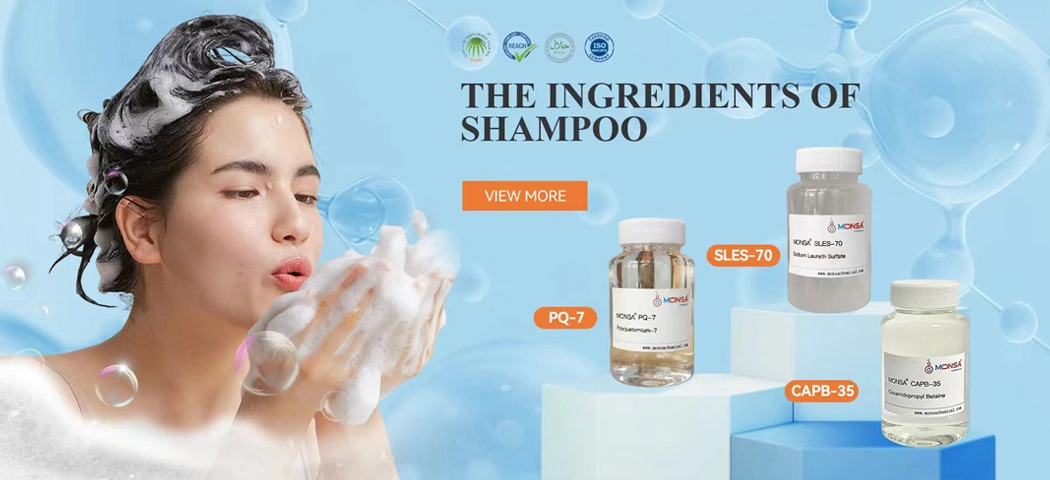
While you may have learned about molecules, organic synthesis, and thermodynamics in your university chemistry courses, you might not have acquired any practical skills directly applicable to industrial scientific work. In the book "Clean Product Chemistry," you will find discussions on all relevant topics for becoming an excellent and comprehensive detergent chemist.
This book outlines the crucial skill of replicating a competitor's formula. If you find this information helpful, you should consider getting a copy of "Introduction to Detergent Chemistry" to gain a comprehensive understanding of over 50 other essential topics for detergent scientists.
As a detergent chemist, you will often face the task of replicating or imitating a competitor's formula.
For various reasons, this is a standard practice in the cleaning detergent industry.
It's faster.
It's easier to manufacture.
Market success provides evidence and a sense of risk reduction.
Many companies are also trying to solve the same problems.
Creating a truly new product from scratch is challenging.
Excellent Learning Opportunity
While replicating a competitor's formula may not ultimately lead to revolutionary new products, it presents an excellent opportunity for a budding detergent scientist to develop formula skills. For experienced formulators, it's a chance to hone their formula skills in an area where they may lack experience. Many detergent formulators become experts in one or two types of formulas during their careers. Becoming an expert in all product categories is extremely challenging.
Expert Evaluator
Imitating a competitor's product gives you an excellent opportunity to become an expert evaluator of these formulas. To mimic a formula, you must first be able to know the performance of the product you are trying to imitate. For cleaning products, you must learn how to test foam. Disinfectant products will require you to learn how to assess bacterial counts post-disinfection. For detergents, you must test the "hardness" and ease of use of the formula.
Ingredient Expert
You will quickly learn which ingredients are essential in a formula and which are just "fluff" supporting marketing stories. Detergent formulas such as laundry detergent clean ingredients typically contain ingredients with limited significant impacts on product performance. In the process of replicating a competitor's formula, you gain valuable experience using various raw materials.

10 Steps to Replicate a Competitor's Formula
This article introduces ten steps you can follow to replicate almost any cleaning detergent formula you come across. If you follow these steps, you can almost guarantee quick success. Using these techniques, you'll find hardly any product that can't be replicated. When you complete the tenth step, you'll have a product formula almost identical to the one you replicated.
Here's a quick summary of these ten steps, further explained in upcoming releases:
Obtain a sample.
Become an expert user.
Analyze the ingredient list.
Use patents to start working.
Generate the initial formula.
Get clues from major raw material suppliers.
Create and modify prototypes.
Prototype lab testing.
Test the formula with consumers.
Finishing touches—decorative aesthetics.
Step 1: Obtain the Competing Product
Importance of Having the Product
Perhaps the most crucial step in replicating a competitor's product is obtaining a sample of the product. This allows you to discern the aesthetics, performance, and other features necessary for a successful replication. The best way to prove you've replicated a competitor's product is to place the formulated product alongside it (in the same packaging) and see if anyone can distinguish between them. Ideally, you should acquire multiple samples to facilitate various tests to aid in your replication work.
To purchase the product, visit local pharmacies, grocery stores, or department stores, and buy samples if available. They often have multiple versions of the same product, so buy as many as possible. If you need more, consider purchasing from other stores in the area. Depending on the project, aim to obtain six to a dozen or more samples of the product.

Where to Get Multiple Samples
While purchasing from stores is usually the best option, sometimes finding the products can be challenging. For instance, if it's a product produced and sold outside your country, you may not find it in local stores. Additionally, if the product has been discontinued or is very popular, your local stores may not have it in stock. In such cases, you'll need another option, and using the internet is a quick way to obtain samples.
From e-commerce platforms like Amazon, Target, Walmart, Home Depot, etc.
Directly from websites. Another option is to buy the product directly from the competitor's website. Almost all major (and minor) brands have a way for you to order and pay through their websites. This shouldn't be your first attempt, as if they see you as a competitor, they might be reluctant to send multiple products to your address. One approach is to have it delivered to your home or a post office box.
If You Can't Buy the Product Sample
Sometimes, the product you're trying to replicate is too expensive, making it difficult to obtain multiple (or even one) product. In such cases, try to get free or low-cost small samples.
If you absolutely can't buy the product, you can proceed, but your chances of success are limited. Of course, the likelihood of someone knowing you haven't succeeded is even smaller.
Even if you can't get the exact product sample, getting something similar is helpful. Before formulating, make sure to get samples of other products in the same category as the one you're trying to replicate.

Step 2: Become an Expert User
Importance of Using the Product
To successfully produce a product, you must have a comprehensive understanding of both the internal and external aspects of the product. This means you need to know everything possible about the product and the user experience.
In the subsequent steps, you'll learn how to analyze the product in the lab. But before you start breaking down a formula and rebuilding it using chemical methods, you need to figure out what the consumer experience with the product is like. The best way to do that is to use the product yourself! This point is crucial and should be reiterated.
Use the Product Yourself!
Become a dedicated user.
Use the product several times and note your experience. The first time you use it, imagine yourself as a consumer. Pay attention to how the product is applied. Ask yourself different questions and record your answers. Is it easy to use? Do you like its appearance and feel? What sets it apart from other products? Is it enjoyable?
In subsequent experiments, see what you consistently notice and what seems inconsequential. If you have another product in the same category, try it and see what differences you notice.
Forget the claims the product makes and the stories used to support it. Most of these claims are marketing stories and do not necessarily reflect the product's performance.
Through the experience of using the product, you'll discover what is crucial and what subtle clues exist. You'll gain information about rheology, sensory aspects, stain removal, and more.
The more you interact with the product, the better. If you can exclusively use a product for a week, that's excellent practice. At the very least, use the product 3 or 4 times to understand the consumer experience. Once your project is complete, you don't have to continue using the product, but the more exposure you have to the product when trying to outperform the competition, the better.
Can't Try the Product?
If you can't try the product (for example, an oven cleaner when you don't have an oven at home or at work), you can still use the product to clean something like a range hood or stove, just to mimic the consumer experience. The more information you can get (even if incomplete), the better.
When you can't try a product, another option is to have your colleagues, friends, or relatives try it and then interview them about their experiences. Before they use the product, make sure to prepare them for what you want them to notice.















